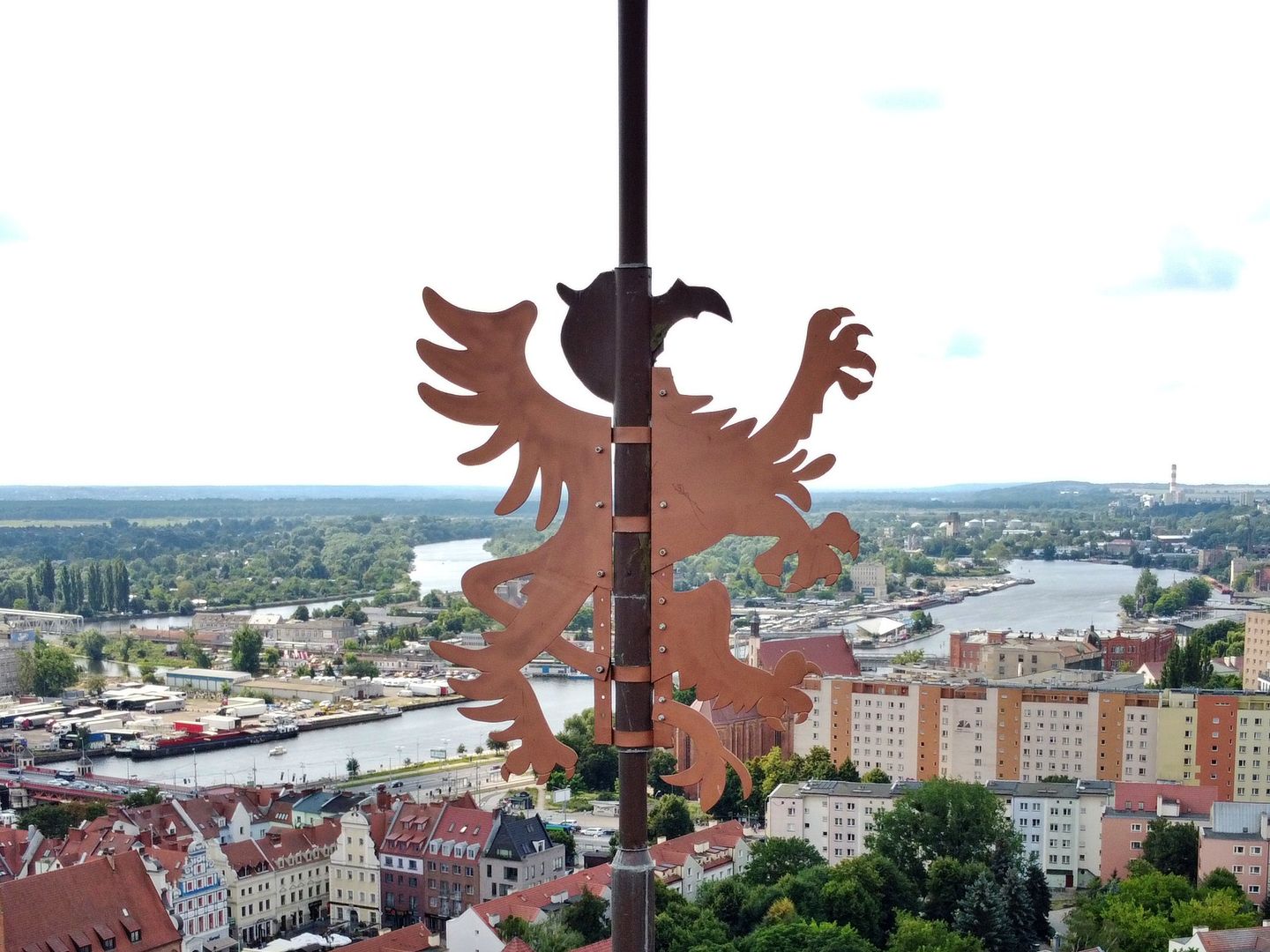The Ducal Castle in Szczecin
7.63

Overview
The Ducal Castle in Szczecin is a Renaissance building situated on Castle Hill, serving as the historical seat of the Gryfit dynasty, rulers of the Duchy of Pomerania. Its history dates back to before 1124, when a Slavic stronghold existed on the hill. In 1235, after the capital of the duchy was moved to Szczecin, the expansion of the court began; the castle, built in 1346 by Barnim III, took on the character of a stone house, and later a chapel and a prison tower were added to its surroundings. In the 15th century, the castle underwent a series of expansions, including in the late Gothic style. After a fire in 1530, it was rebuilt in the Renaissance style, resulting in a new gable roof and a clock tower. Later work between 1573 and 1582, led by Duke John Frederick, completely transformed the castle's appearance, also removing the Church of St. Otto. After the extinction of the Gryfits, the castle became the seat of the Swedish governor and the Prussian garrison, which led to numerous reconstructions, transformations, and the removal of original decorations. After World War II, the castle suffered severe damage, but from 1946, protective works began, which evolved into a reconstruction between 1958 and 1980, restoring its Renaissance appearance. Today, the Ducal Castle serves cultural functions, housing institutions such as the "Ducal Castle" Cultural Center, the Castle Opera, and hosting concerts, exhibitions, and artistic events. In 2016, the National Bank of Poland issued a coin featuring the castle. It is also worth mentioning the disaster in 2017 when the ceiling of the northern wing collapsed, fortunately causing no casualties as the wing was closed. The castle is not only an architectural monument but also an important site for the culture and history of the region, with numerous artistic events and a rich cultural program.
Location
District
City center
City
Szczecin
Tertiary Administrative Division
Kolbaskowo
County
Gryfino County
Country
Tickets
Powered by GetYourGuide
2025 Wizytor | All Rights Reserved